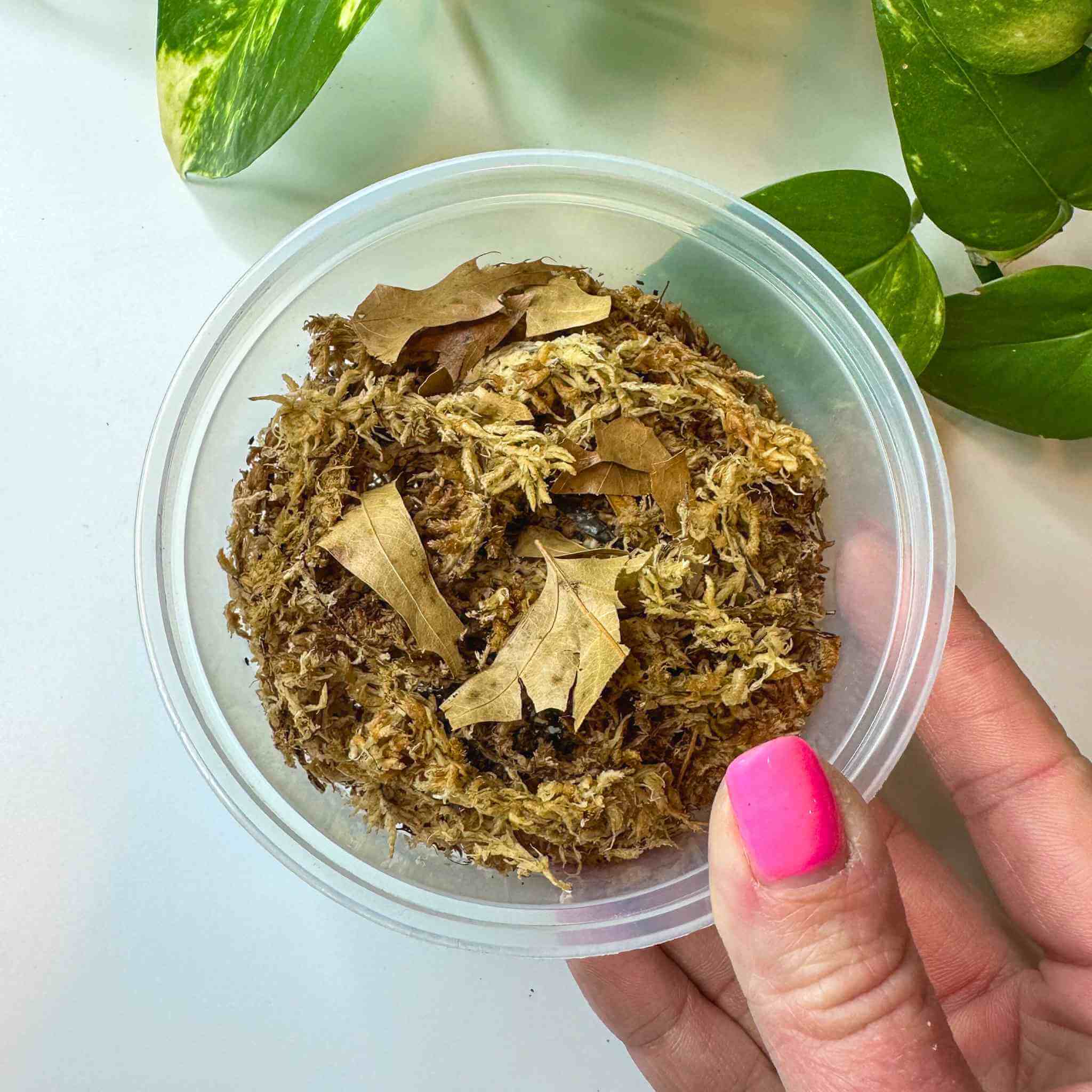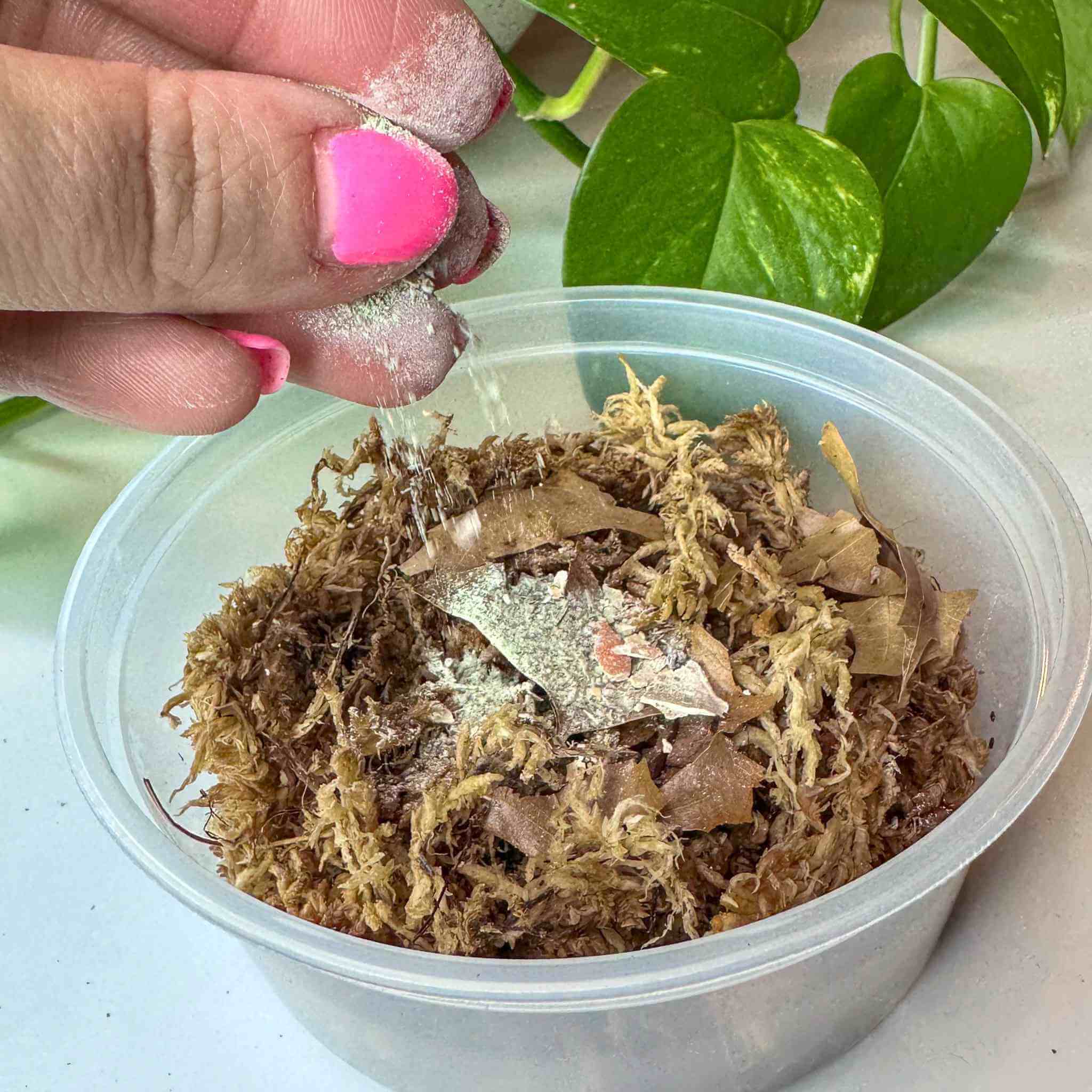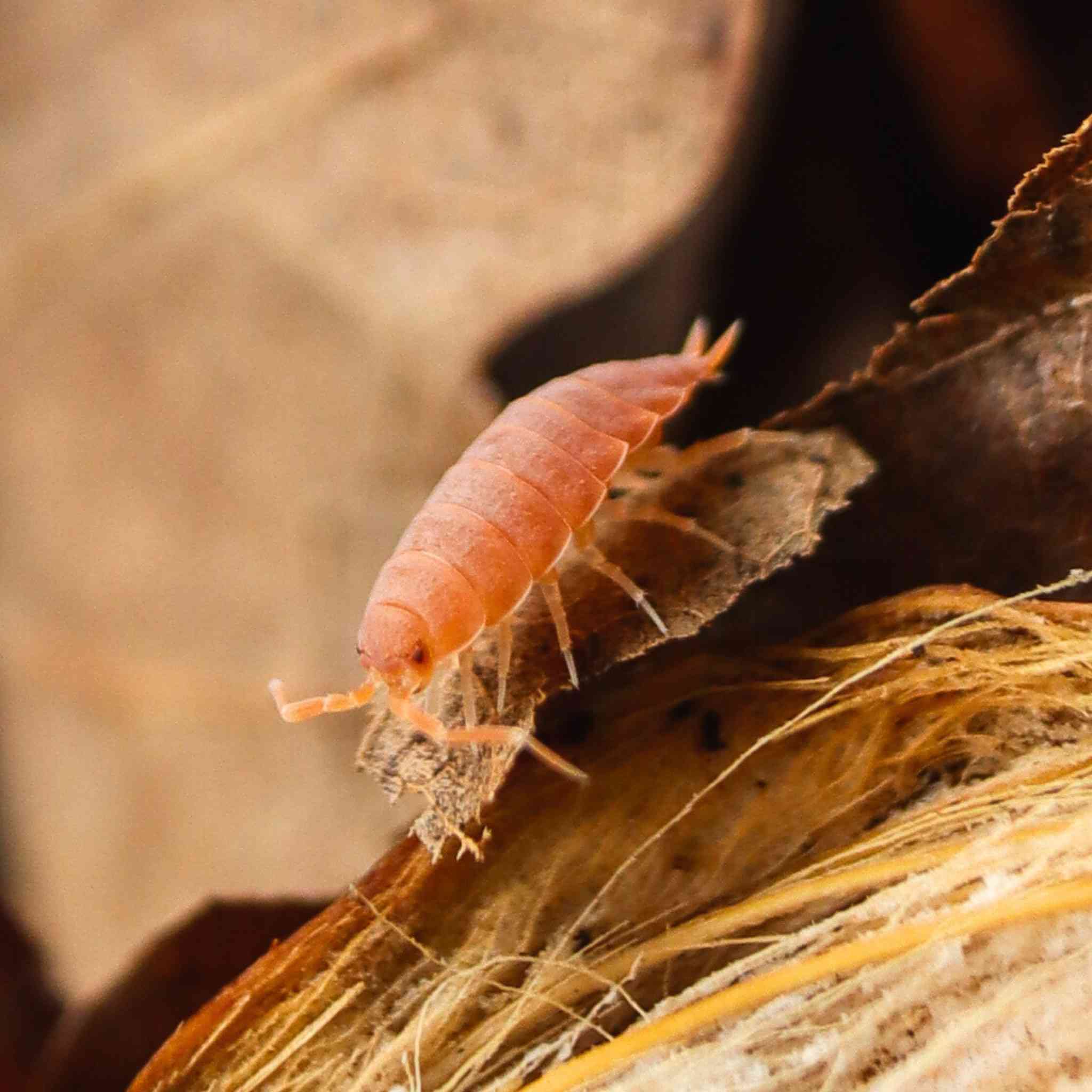
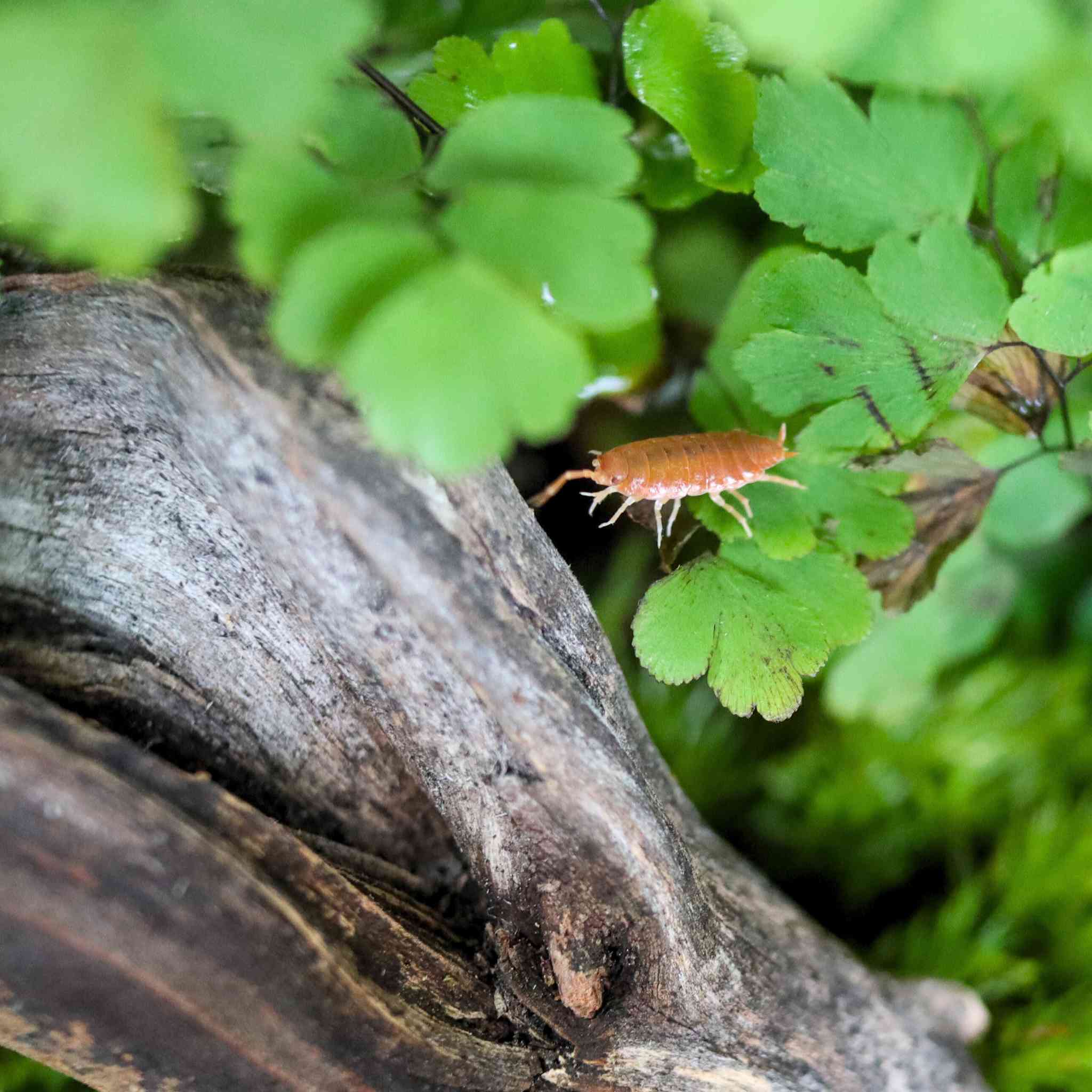
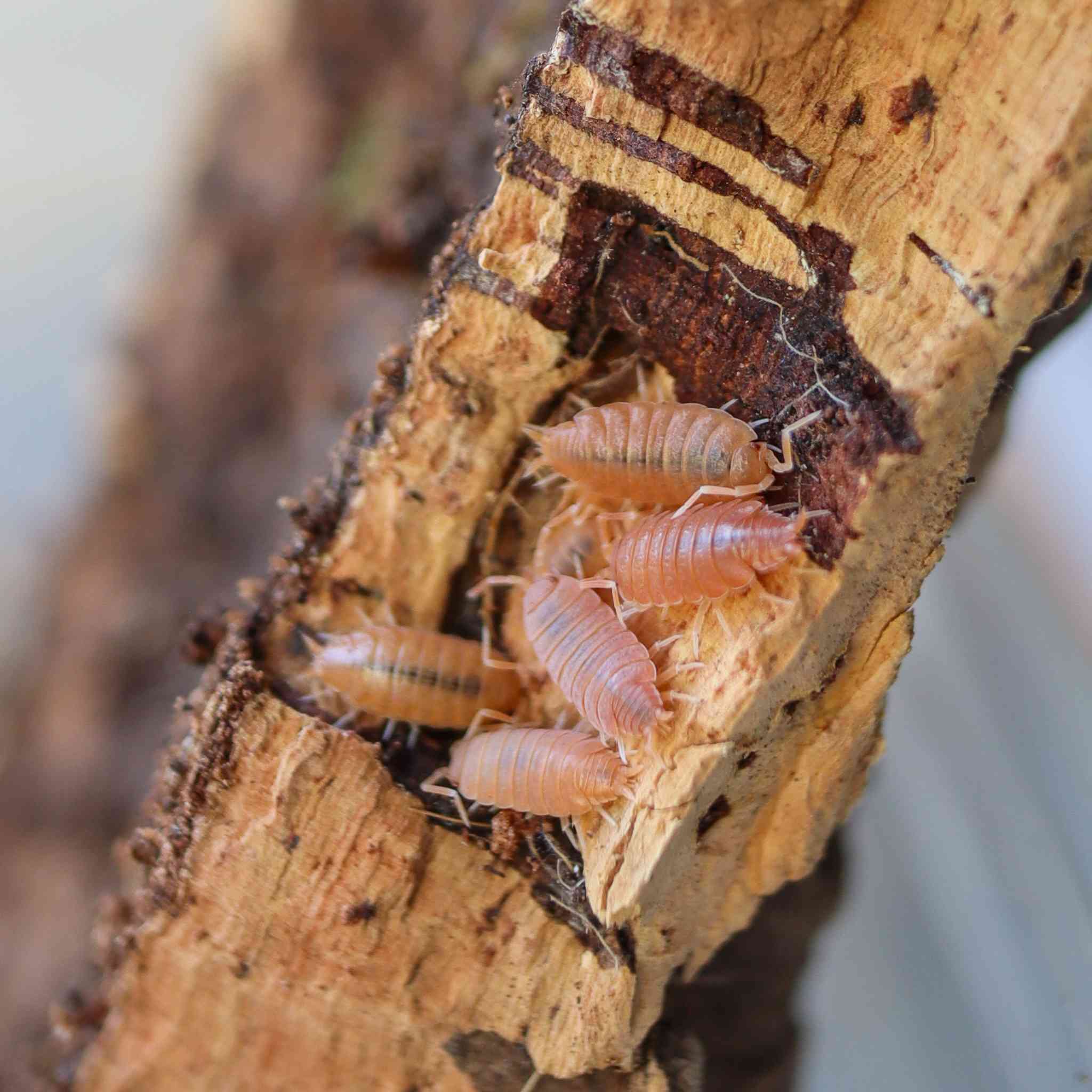
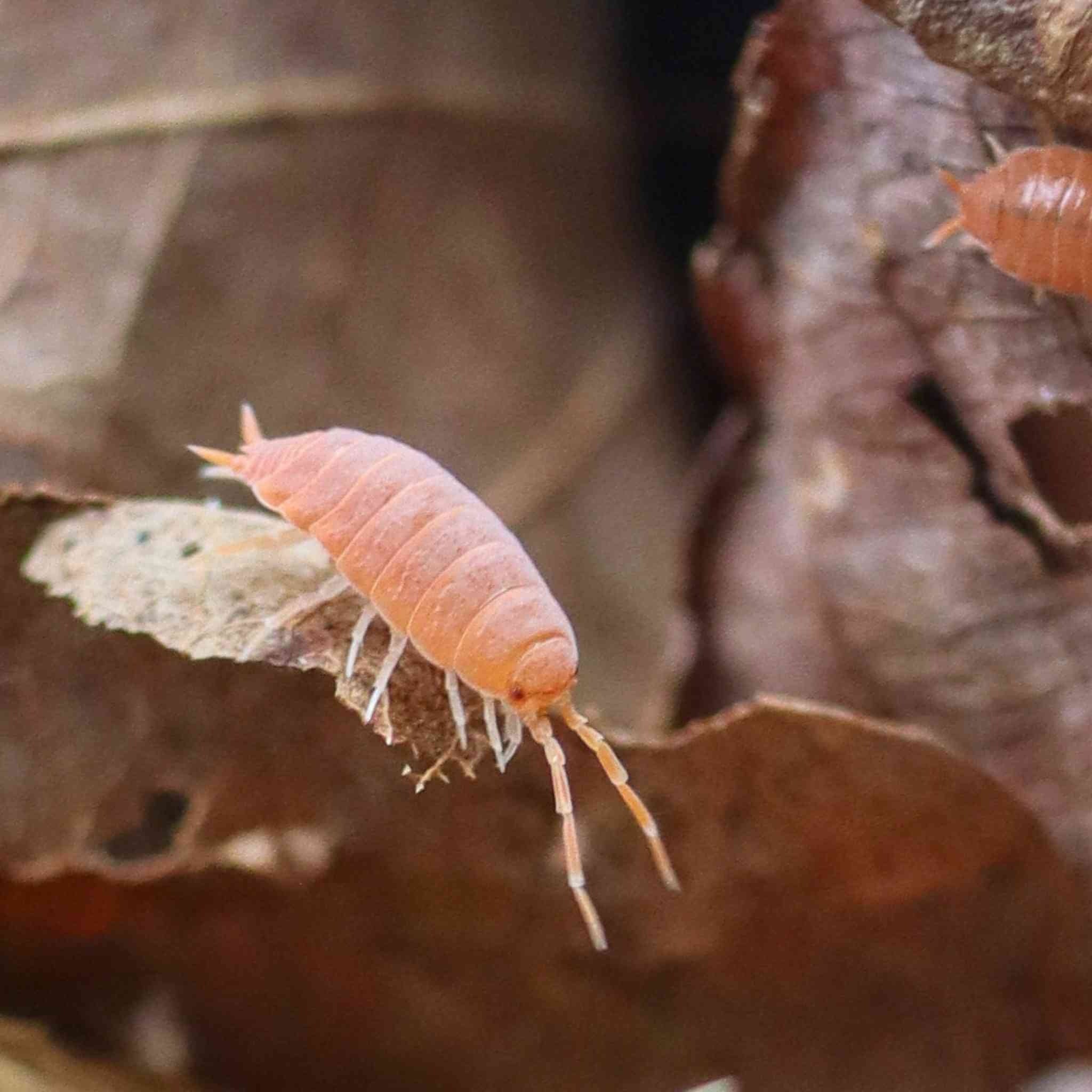
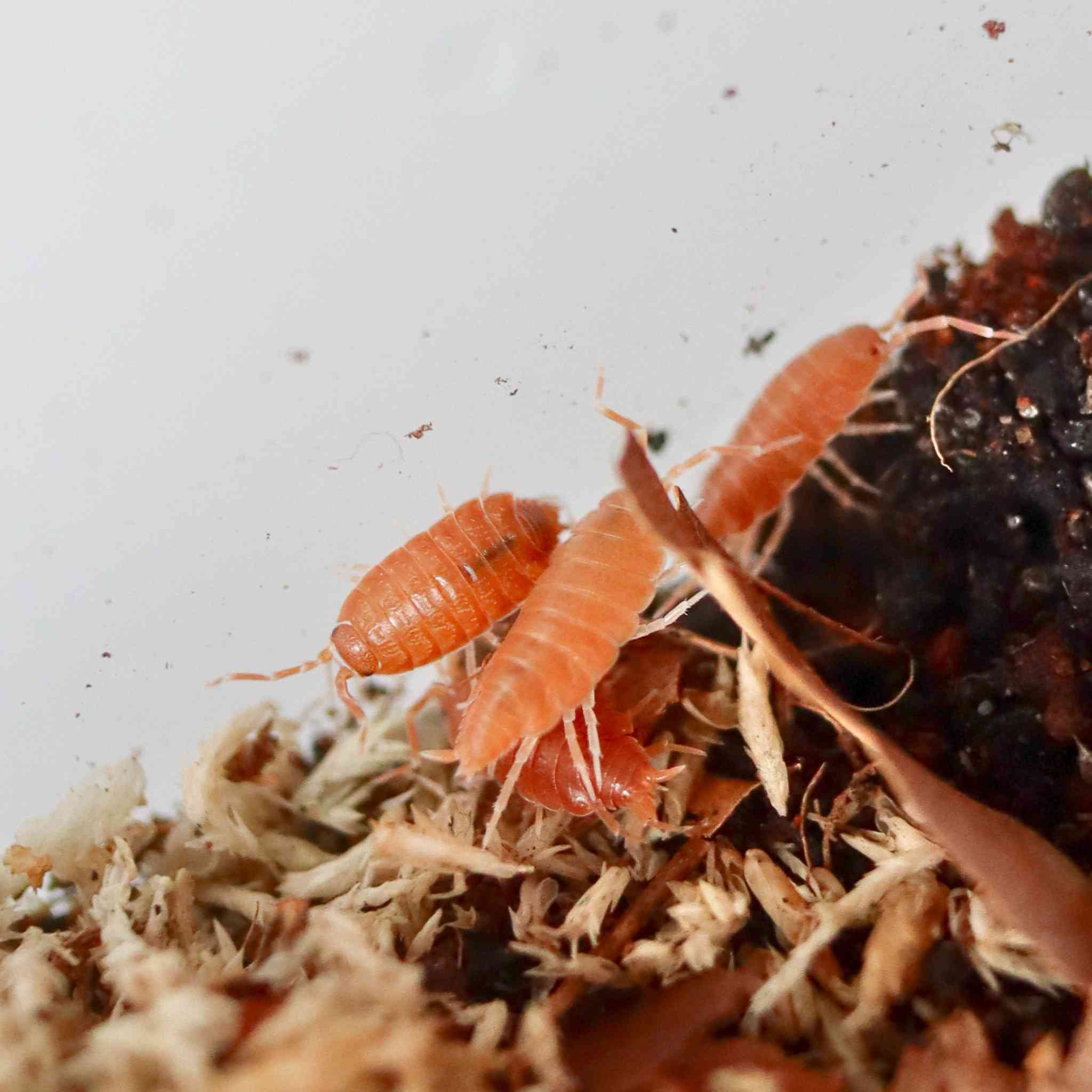
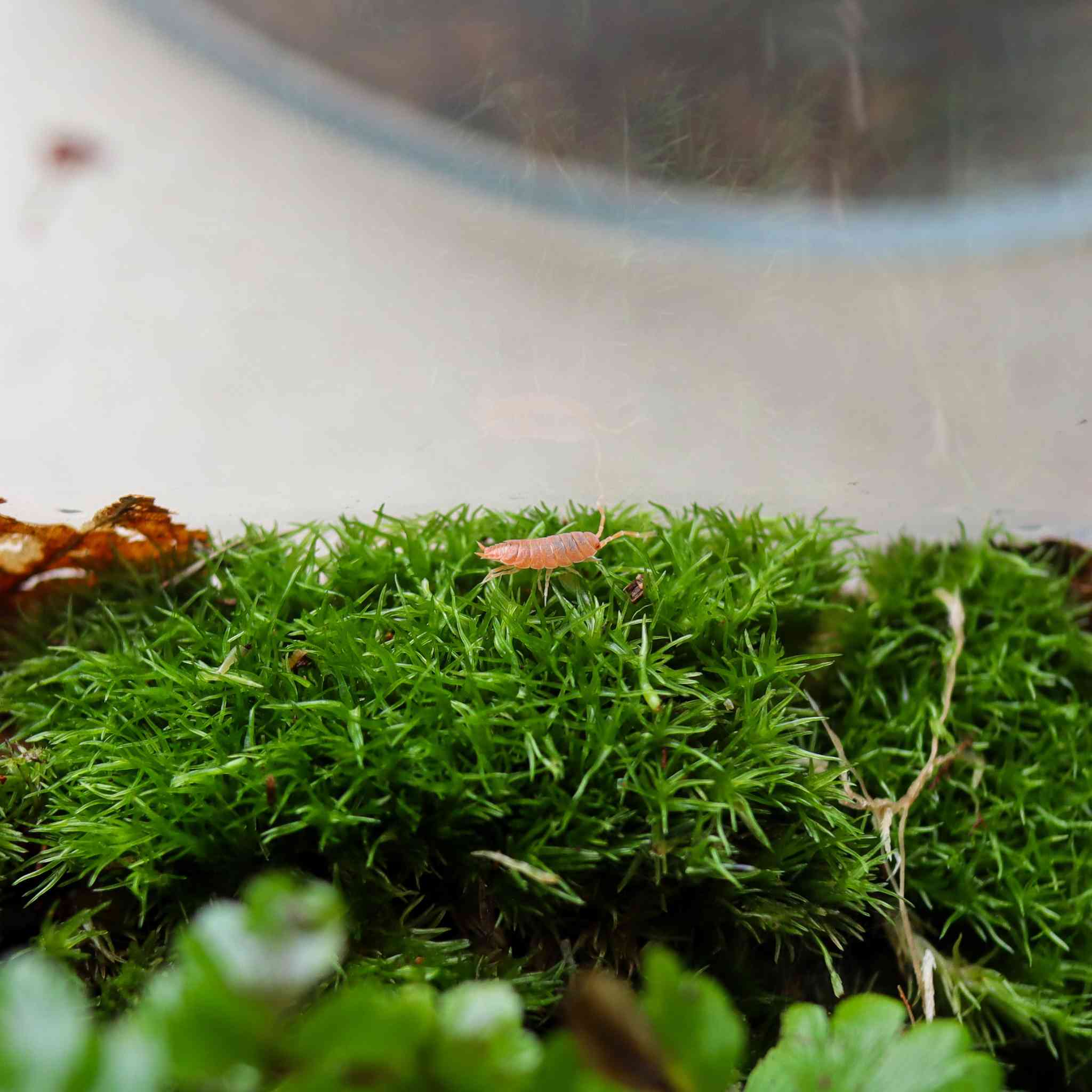
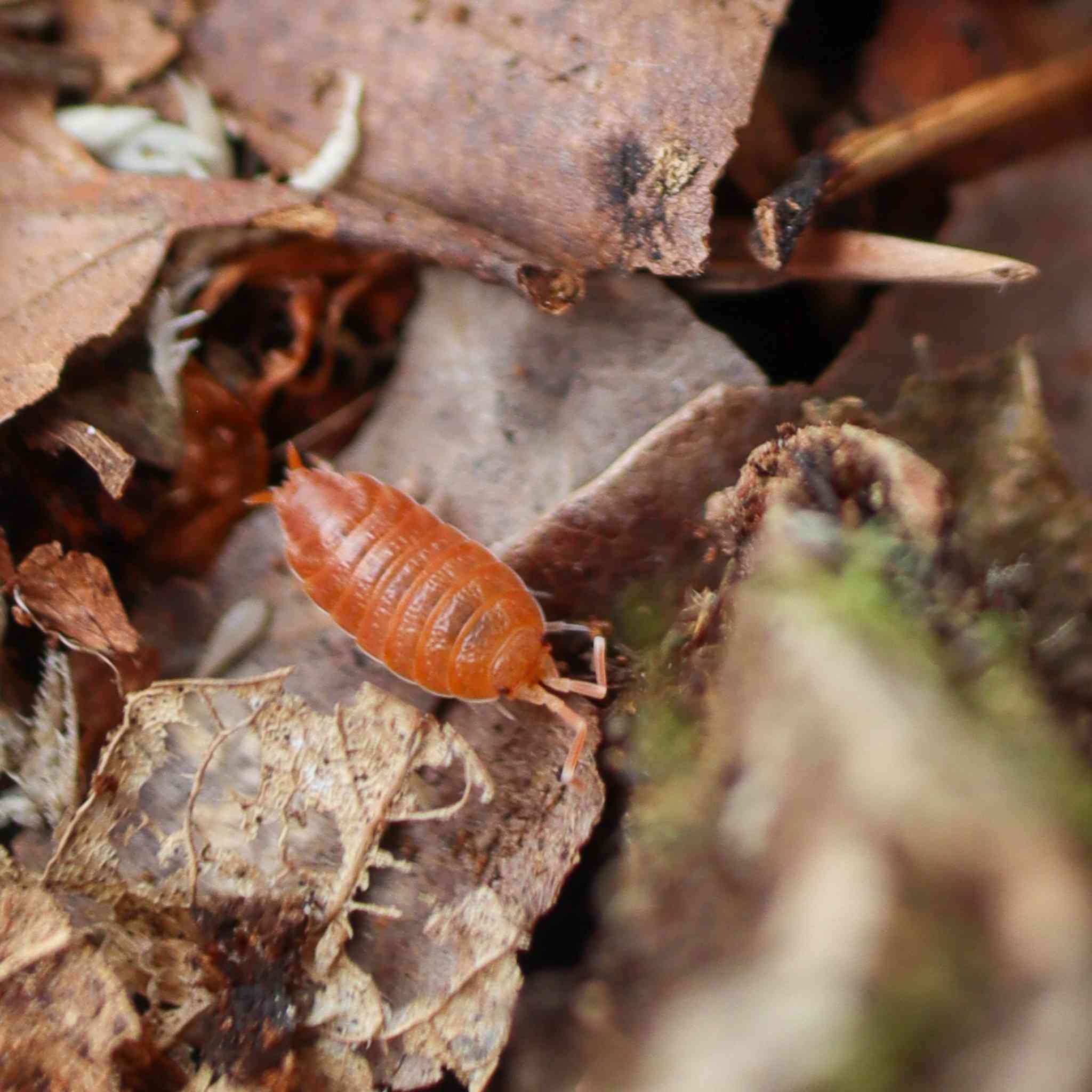
Powder Orange Isopods (Porcellionides pruinosus) 10 Count
Meet the gold standard of bioactive cleanup crews - Porcellionides pruinosus. These super-adaptable isopods thrive in any terrarium environment, making them perfect for beginners and experts alike. With their vibrant citrus hue and powdery finish, Powder Orange Isopods really pop in a vivid green terrarium.
- Powerful cleanup crew - Active and efficient bioactive cleaners.
- Beginner-friendly - Minimal care for maximum results.
- Thrives anywhere - Hardy and adaptable terrarium species.
- Safe cohabitation - Famously harmonious with pets & isopods.
- Easy breeding - Ideal feeders and animal vivarium additions.
📦 We ship live goods on Mondays & Tuesdays. Check out our live arrival guarantee! (+ how to qualify).

"The bugs were well packaged. The shipping was quick and they were all alive."
"Great communication and stellar little critters!"
"Excellent packaging (compostable) and quick shipping. I will definitely buy from them again!!"
Powder Orange Isopods
Care Specs & Uses
*These isopods can work in arid enclosures, but they need a moist area to retreat to.
Tropical | Temperate | Arid*
Cleanup Crew | Pet | Feeder
70-85º Fahrenheit (21-29°C)
High
2cm
Easy
FAQ
Powder Orange Isopod questions? We've got you.
Check out the most common questions our customers ask. Have questions about something else? See our dedicated FAQ page!
How do I care for Powder Orange Isopods?
See the care specifications above and check out our full guide to Powder Orange Isopods for more nuanced care advice.
Do I need to feed my isopods?
A staple diet of leaf litter is essential, so you’ll need to provide a regular supply. While a balanced bioactive terrarium/vivarium can be somewhat self-supporting, in the absence of appropriate foods, all isopods can potentially snack on live plants.
Porcellionides pruinosus have large appetites and a hunger for protein-rich foods, so initial supplementation with a pinch of Superfood powder every 4-7 days is advised.
As the ecosystem and colony are established, you can reduce the frequency accordingly. When kept in culture boxes, there won’t be any decomposing terrarium matter, and you’ll need to continue frequent supplementation (a pinch every 4 days). See our full guide to isopod food for more information.
How much space do isopods need?
A standard 10 count will need at least a 3 gallon terrarium container.
Do isopods need ventilation?
For isopods in closed terrariums we recommend looser fitting lids and regularly opening for feeding. Porcellionides pruinosus are fairly tolerant of low ventilation but will still need some level of regular air exchange.
When kept in culture boxes, our isopod partners, RDI, suggest that regularly opening for watering/feeding alone may provide enough ventilation.
Alternatively, drilling holes in the plastic culture container is a popular method in the hobby (though it does bring an increased risk of pests).
Do these isopods need water/moisture?
Isopods in tropical terrariums should have no need for extra moisture top-ups beyond your typical watering schedule (as long as you’re maintaining tropical conditions). However, isopods in culture boxes will need regular watering.
How frequently you need to spray your isopod enclosure will depend on the species, the setup, and the ambient humidity in your home. RDI recommends every 3-4 days as a loose rule of thumb (checking daily for the first week after receiving them).
These Porcellionides pruinosus isopods are a species that prefer a high-humidity setup, so they will lean towards more regular watering.
What should I do when my isopods arrive?
We recommend opening your order immediately after it arrives and checking them over. For best results, put your isopods into their new home right away; we recommend gently tipping them in along with the contents of the tub.
If that’s not possible, isopods can stay in the tub they’re in for up to a week, provided they have a leaf litter supply and you open the tub up at least every 2 days minimum for air exchange.
Can isopods climb glass?
Generally speaking, isopods cannot climb glass. That said, Powder Orange Isopods are better climbers than most and may be able to climb cracks and/or dirty glass to some extent. So keep your glass enclosure clean and clear.
How many isopods do I need for a terrarium?
For most standard planted terrariums, a 10 count is ideal. As they breed, they’ll naturally find a good population balance.
For larger installations and vivariums with predatory pressures, you may need to start with more isopods.
What’s the difference between a pet isopod and a clean-up-crew isopod?
Clean up crew isopods are species selected for their large appetites and high activity, making them particularly good at breaking down and recycling organic matter in a terrarium.
Pet isopods are those that are especially interesting to look at, but waste management skills and terrarium suitability vary from species to species.
Do I still need springtails if I have isopods in a terrarium?
Springtails and isopods serve different functions in a terrarium, with springtails primarily tackling mold and isopods breaking down larger decomposing organic materials (see our White Springtails).
While neither are strictly necessary, they individually bring a number of benefits and offer even more as a bioactive combo working synergistically together.

